How did I illuminate this amazing Cadillac and garage in a ghost town while the camera shutter was open in this long exposure photo? Glad you asked.
I will describe how I used light painting to illuminate and add interest to a photo taken near a full moon at night. Hopefully, this gives you a few ideas for approaches.
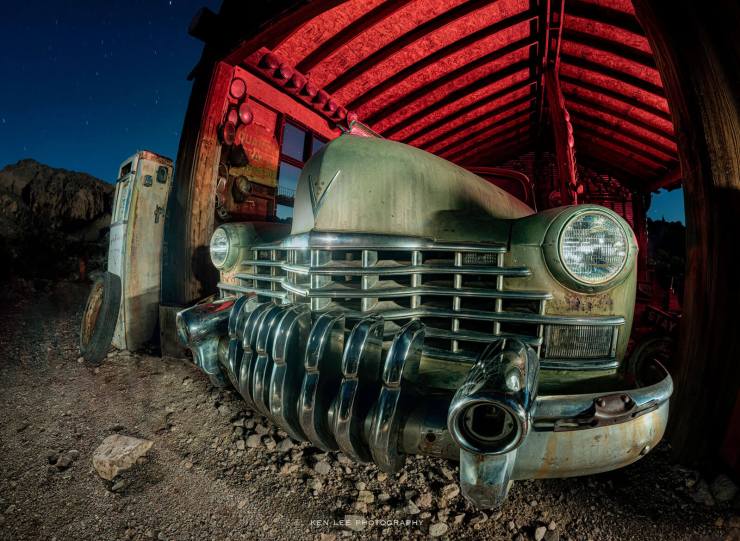
A quick description of how I light paint
I use a handheld LED light. That’s right. No stands, no stationary lights.
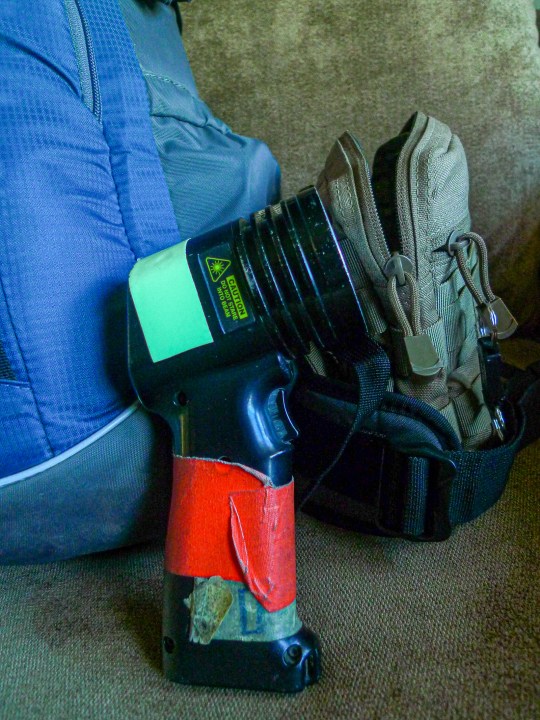
Think of the flashlight as a “brush,” only we are “brushing on” light instead of paint. We set up a camera on a tripod. Using an intervalometer or a remote shutter release, we open the camera’s shutter for a couple of minutes. Then we light paint the scene. We decide what to illuminate and what to keep in shadow, similar to what a film director might do. The light is cumulative. And if I don’t stand still for too long in front of the camera, I am invisible to the camera! You and I … we both have this magic power of invisibility!
Four steps to light painting the Cadillac
Step one: Illuminating the car from the left
This was actually the most difficult angle. Why? Because I am using a fisheye lens. It’s very easy to mistakenly shine the handheld light into the camera lens. This would result in a spot. To try to avoid this, I used a short snoot over the flashlight. At other times, we can use a piece of cardboard as Mike Cooper does, or we can block the light from the lens with our body.
I caressed the light from the left side at an angle. This angle allowed me to pick up that beautiful glow on its right side. I found this appealing and went with it. I also wanted the right side of the garage to be in shadow, so this helped continue that.
Step two: Illuminating the car from the right
For my first attempt at light painting the Cadillac, I actually didn’t light paint the car from camera right. However, I found that there was too much of the car in shadow for my liking. After all, the camera is predominantly on that side! It felt too dark even though technically it looked good.
For the second and final attempt, I shined the light from camera right. I used a sharp angle to once again pick up some detail. However, I kept the illumination darker than what I did from camera right. I did use my hand to block some of the light from hitting the white gas pump. I didn’t want that to get “blown out” by the light or detract from the car’s magnificent grille.
Step three: Let’s give the eyes some sparkle!
It’s so much fun to make it look like the headlights are on! I was a little more subtle about this than I sometimes get. These are almost more sparkly than looking like they are full-on headlights. I used the same snoot that I had used for camera left. This enables me to direct the light very carefully at the headlights instead of having light spill all over. A quick second burst of light for each headlight was and I was finished!
Step four: Let there be red!
The ceiling of the wooden garage would ordinarily be completely black. Given that I was pointing my fisheye upward and the ceiling was an enormous part of the overall photo, having that be completely in shadow seemed wrong. Besides, I wanted context.
Switching my light, a ProtoMachines LED2, to red, I walked over to the opening on the side of the garage. From several different angles, I light-painted the ceiling. Choosing a red color would create additional separation from the greenish-hued Cadillac. Also, it would add an odd eeriness to the photo and make it stand out more.
And really, I do love strange-looking night photos! A night photo already looks somewhat unusual. A night photo with a fisheye, even more so. And one with a strangely-glowing red ceiling? So good and weird!
About that Cadillac grille
I get asked what kind of car this is all the time. Part of the reason is this unusual grille. This is a 1940s Cadillac Fleetwood. However, it has a 1950s Buick bumper attached.
Night photography workshop at Nelson Ghost Town
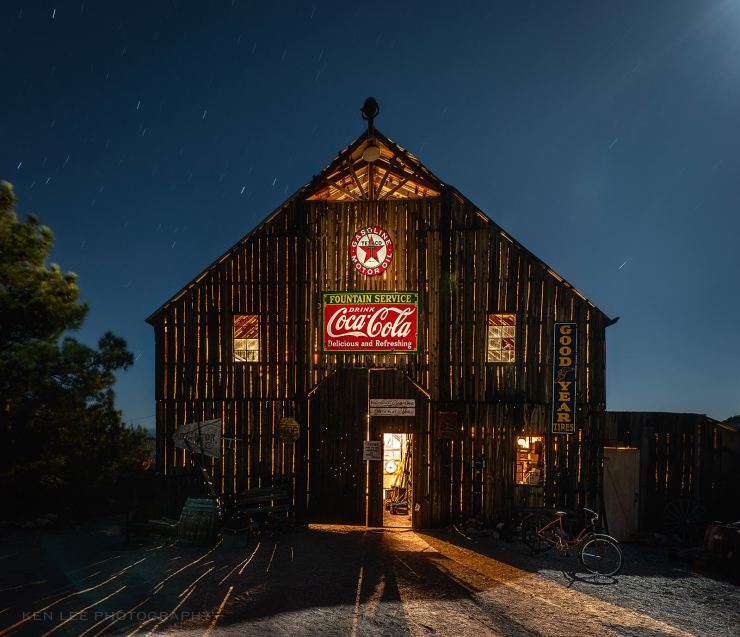
Tim Little and I are having a night photography workshop for three nights at this strange and unusual ghost town in Nevada. It’s privately owned, so you will have amazing access to a very wide variety of cars, trucks, buses, weird one-of-a-kind vehicles, an amazing barn, a giant neon motel sign, a church, abandoned pianos, gas pumps, and so much more. And then there are two airplanes, one of which is stuck nose down in the ground, and the other a small Navy trainer! The instruction will be fun, informative, fascinating, friendly, and accessible. Click here for more information!
.mgl-tiles { display: none; } #mgl-gallery-63909d4831444 { margin: -2.5px; width: calc(100% + 5px); } #mgl-gallery-63909d4831444 .mgl-box { padding: 2.5px; } @media screen and (max-width: 768px) { #mgl-gallery-63909d4831444 { margin: -2.5px; width: calc(100% + 5px); } #mgl-gallery-63909d4831444 .mgl-box { padding: 2.5px; } } @media screen and (max-width: 460px) { #mgl-gallery-63909d4831444 { margin: -2.5px; width: calc(100% + 5px); } #mgl-gallery-63909d4831444 .mgl-box { padding: 2.5px; } }
Nelson ghost town workshop, May 4-6 2023. Photo by Ken Lee.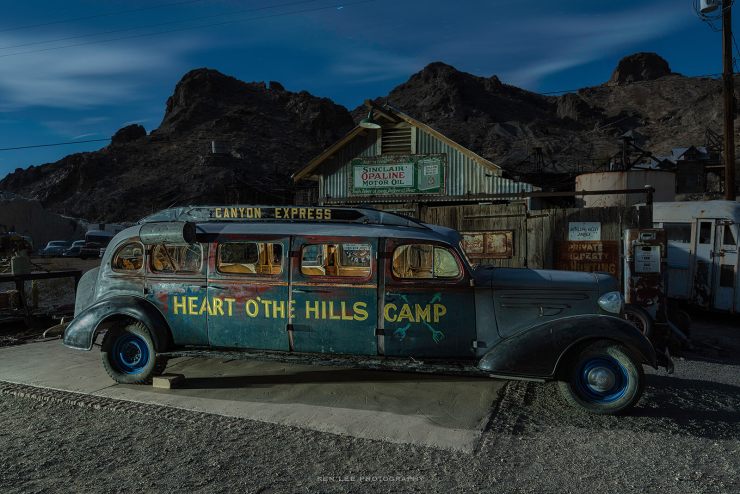
Nelson ghost town workshop, May 4-6 2023. Photo by Ken Lee.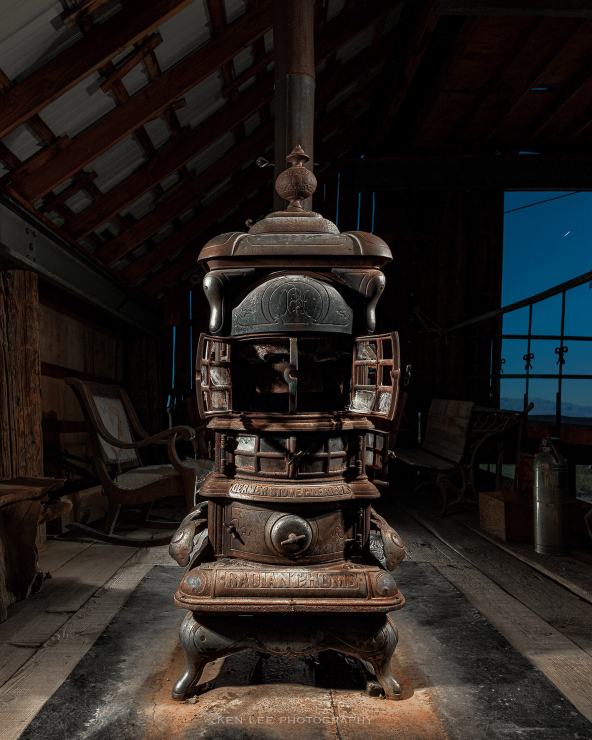
Nelson ghost town workshop, May 4-6 2023. Photo by Ken Lee.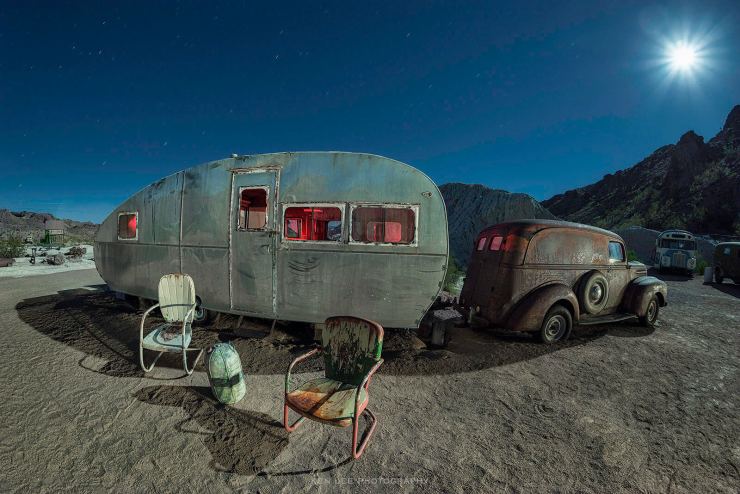
Nelson ghost town workshop, May 4-6 2023. Photo by Ken Lee.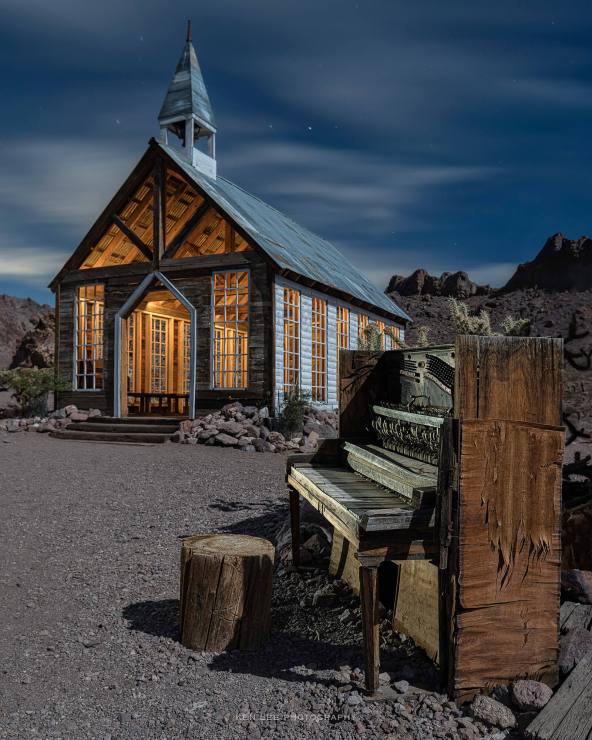
Nelson ghost town workshop, May 4-6 2023. Photo by Tim Little.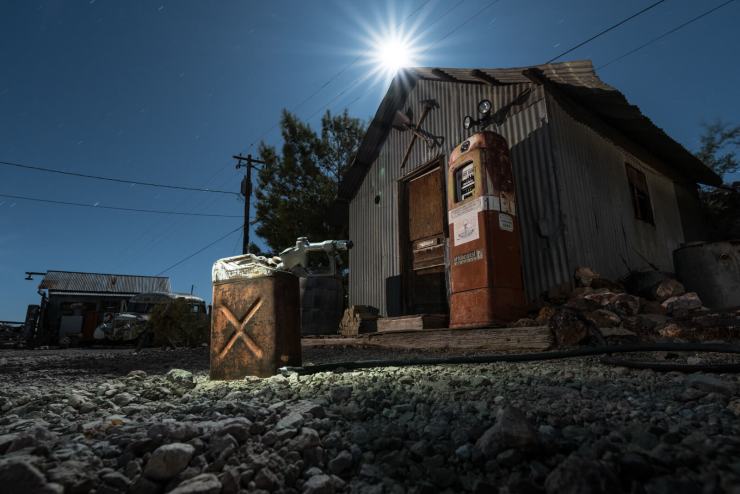
Tell your story with the second annual Visual Storytelling Conference!
Experience four days of interactive, online training sessions featuring a range of educational content with experienced photographers and content creators. This free event kicks off with a series of technical boot camps to build essential skills, followed by live, online sessions on photography, video, business and social media. Join live from March 10-13, 2022!
